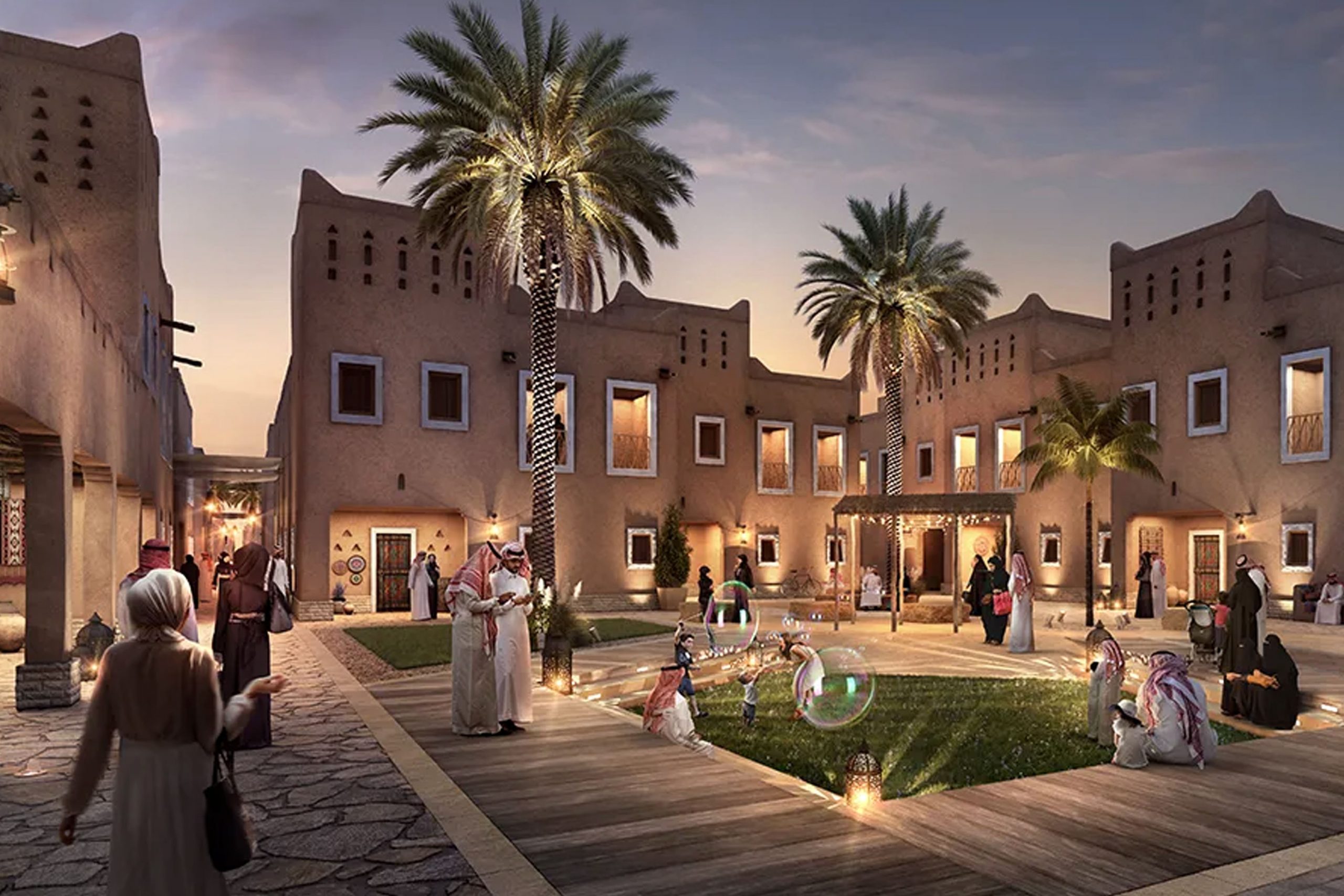Design Systems
Thoughts & Cases
⤿
Designing Solar Systems
What started as a simple hunt for a “single source of truth” grew into something much bigger. Over the years, I’ve helped brands like DHL Group and Carlsberg Group turn messy pattern libraries into fully-fledged, multi-brand design systems. Along the way we bridged code and design, built scalable UI libraries, and shaped a global Figma toolkit that keeps everything in sync.
Creative Direction, DesignOps
Agency
Publicis Sapient
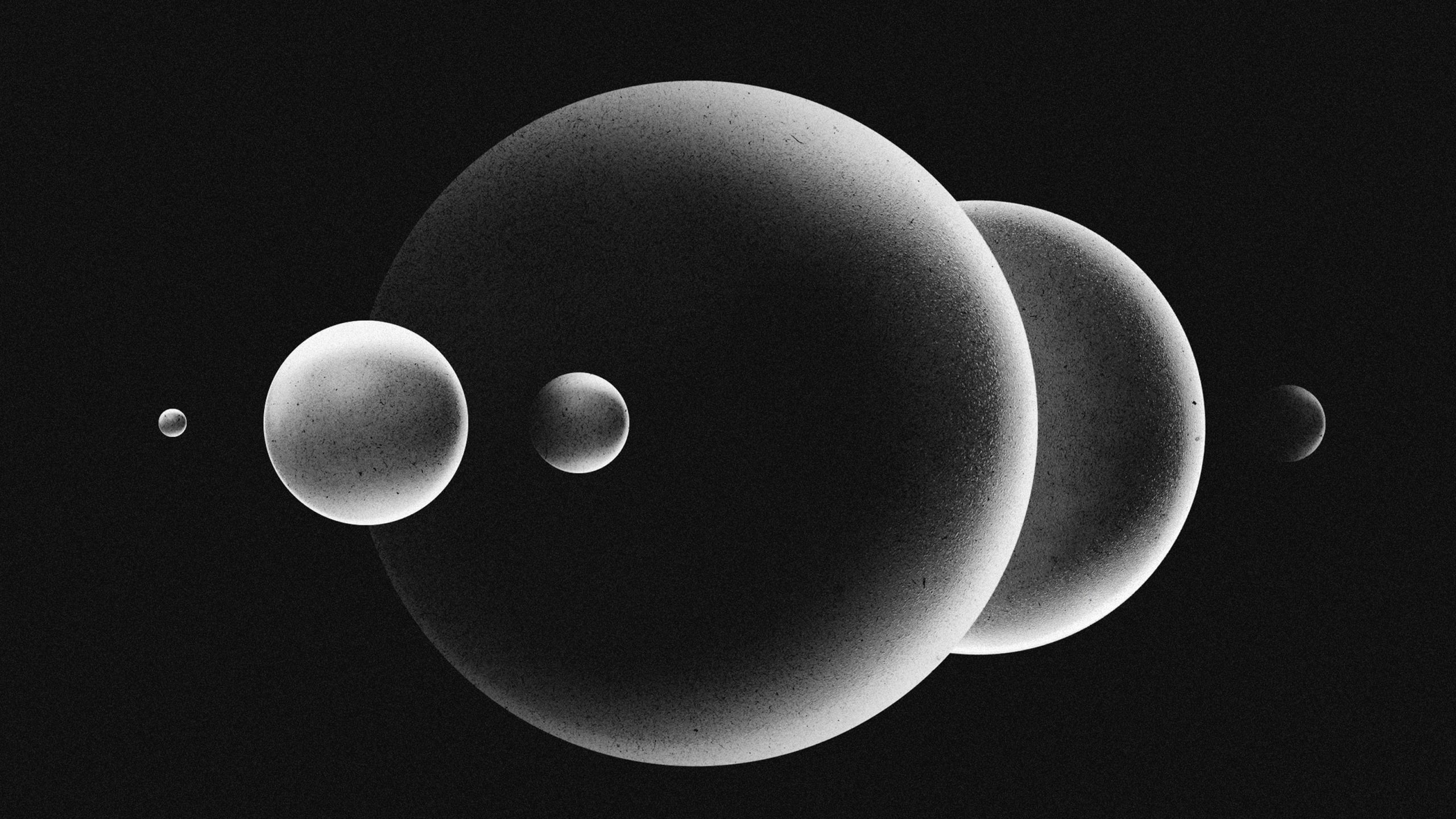
Unified yet Flexible ⎯ one foundation serving multiple brands
The goal was to achieve consistency and efficiency across products while allowing every brand to maintain its unique visual voice. As Design System Lead, I directed the design team and defined the overall system architecture, governance model, and Figma infrastructure. My role combined strategy and hands-on delivery — bridging UX, UI, Development, Product, and Brand to ensure alignment across all disciplines, vendors, and stakeholders. The result: a scalable, modular platform that enables faster rollouts, cohesive user experiences, and creative autonomy across a multi-brand ecosystem.

Building a design system is more than defining components, it’s about connecting disciplines, tools, and people around a shared vision. Each layer (from build to consumption) plays a role in turning structure into speed. The following sections outline the principles that shaped this transformation, showing how to create one source-of-truth.
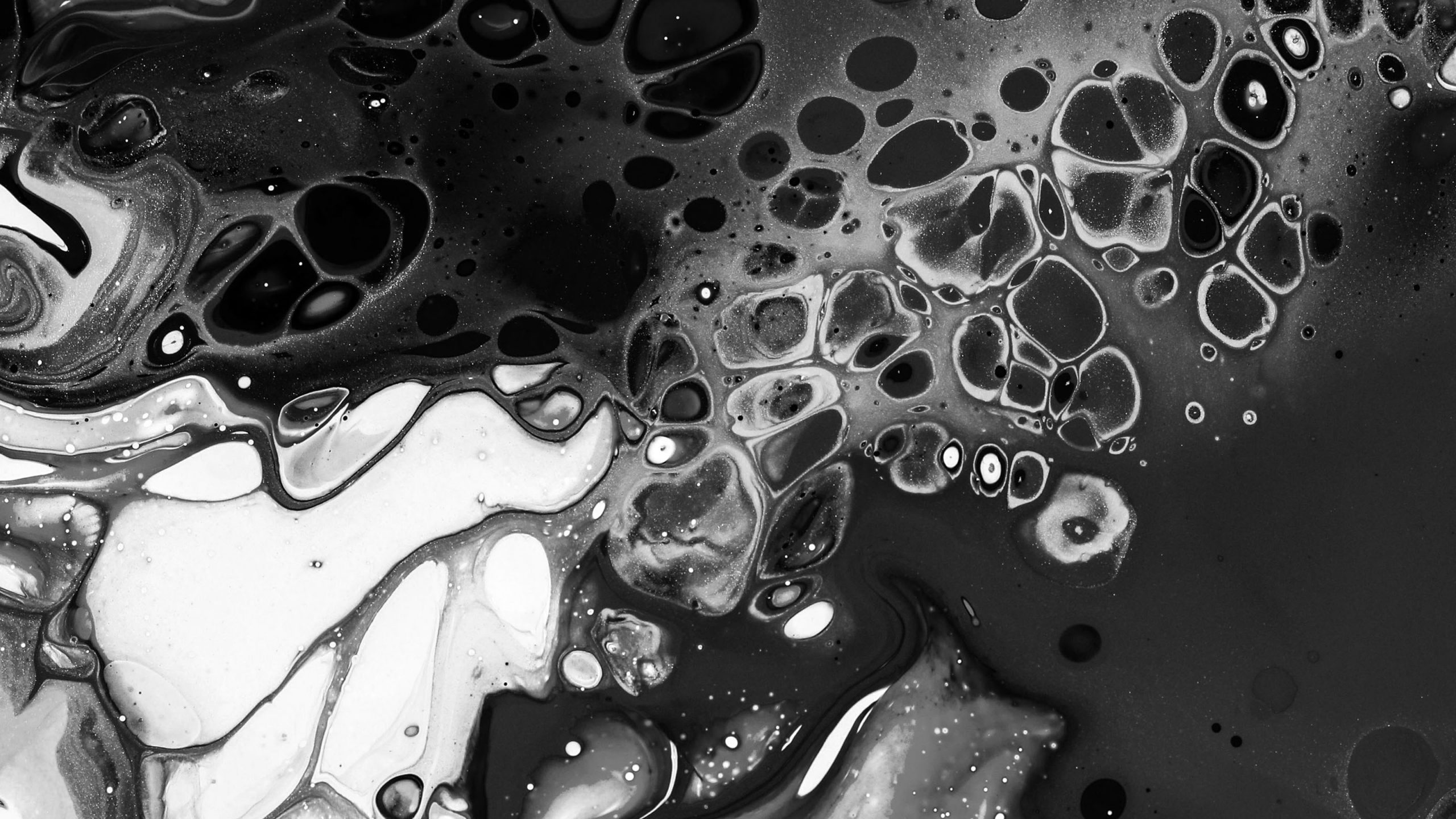
The principles shown here aren’t theoretical — they’ve been tried and proven across multiple global brands. Each project helped refine the system, shaping a process that balances creativity, structure, and collaboration. From brand theming to governance, from token logic to Figma infrastructure — I’ve built, led, and delivered these systems in real environments, with real teams, and real impact. And every new project adds to that foundation — smarter, faster, and more connected each time.
DHL Group, Germany
⎯ Active
As one of the world’s largest logistics networks, Deutsche Post DHL Group connects people and businesses across every border and timezone. Behind that promise — Excellence. Simply Delivered. — lies a complex digital ecosystem spanning products, platforms, and brands. Our task was to bring coherence to it all through a unified design system: a shared foundation of tokens, components, and principles that streamline collaboration between design and engineering. The result is a system built for scale — consistent, efficient, and unmistakably DHL.
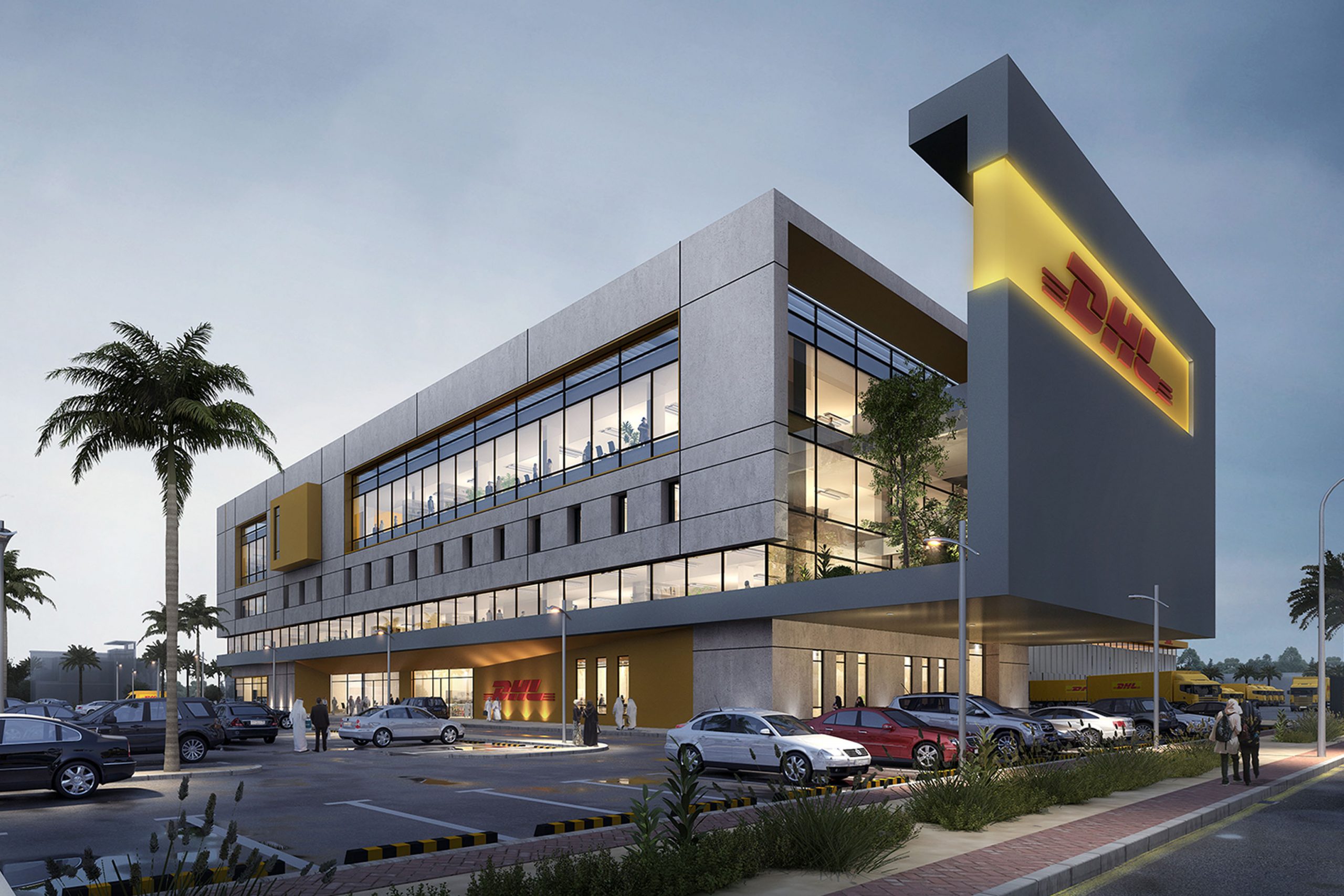
Carlsberg Group, Denmark
⎯ Active
From Copenhagen to the world, Carlsberg is more than a brewery — it’s a global portfolio of brands, each with its own voice, audience, and legacy. Our mission was to build a design system flexible enough to serve them all while keeping a shared DNA of craftsmanship and clarity. The system unites design and engineering through tokens, theming, and reusable components — creating consistency across digital products without diluting the individuality of each brand. A foundation that scales from flagship sites to local markets, brewed with the same attention to detail as the beer itself.
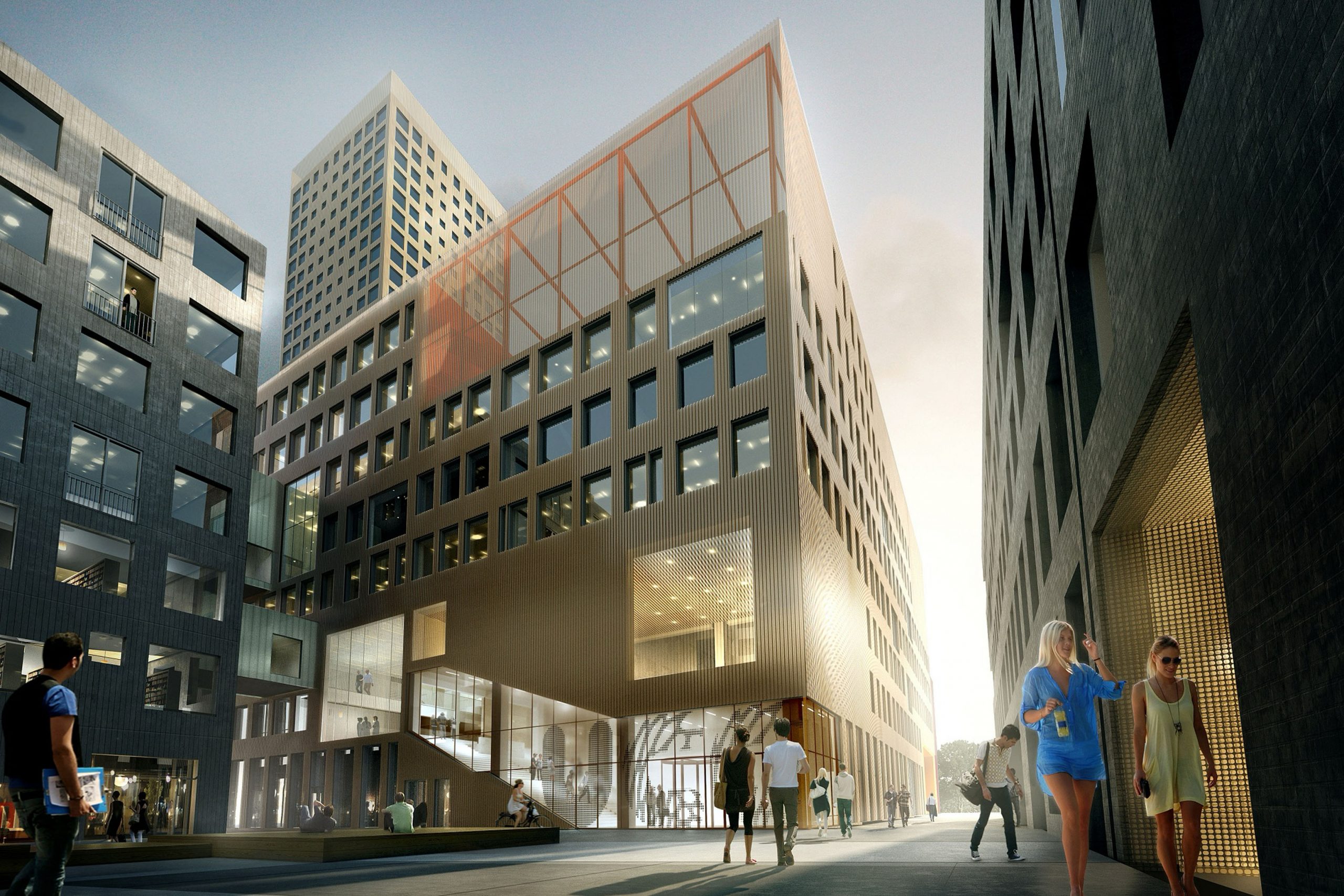
Diriyah Company, Saudi Arabia
⎯ In Progress
At the edge of Riyadh, Diriyah rises as a modern destination built around centuries of heritage — the birthplace of the Kingdom and a symbol of cultural rebirth. As part of this transformation, we’re shaping a multi-brand design system that connects Diriyah’s digital experiences under one visual and technical framework. From the first color token to full-scale documentation, the system brings consistency to every touchpoint — bridging design and engineering, tradition and innovation, the timeless and the contemporary.
